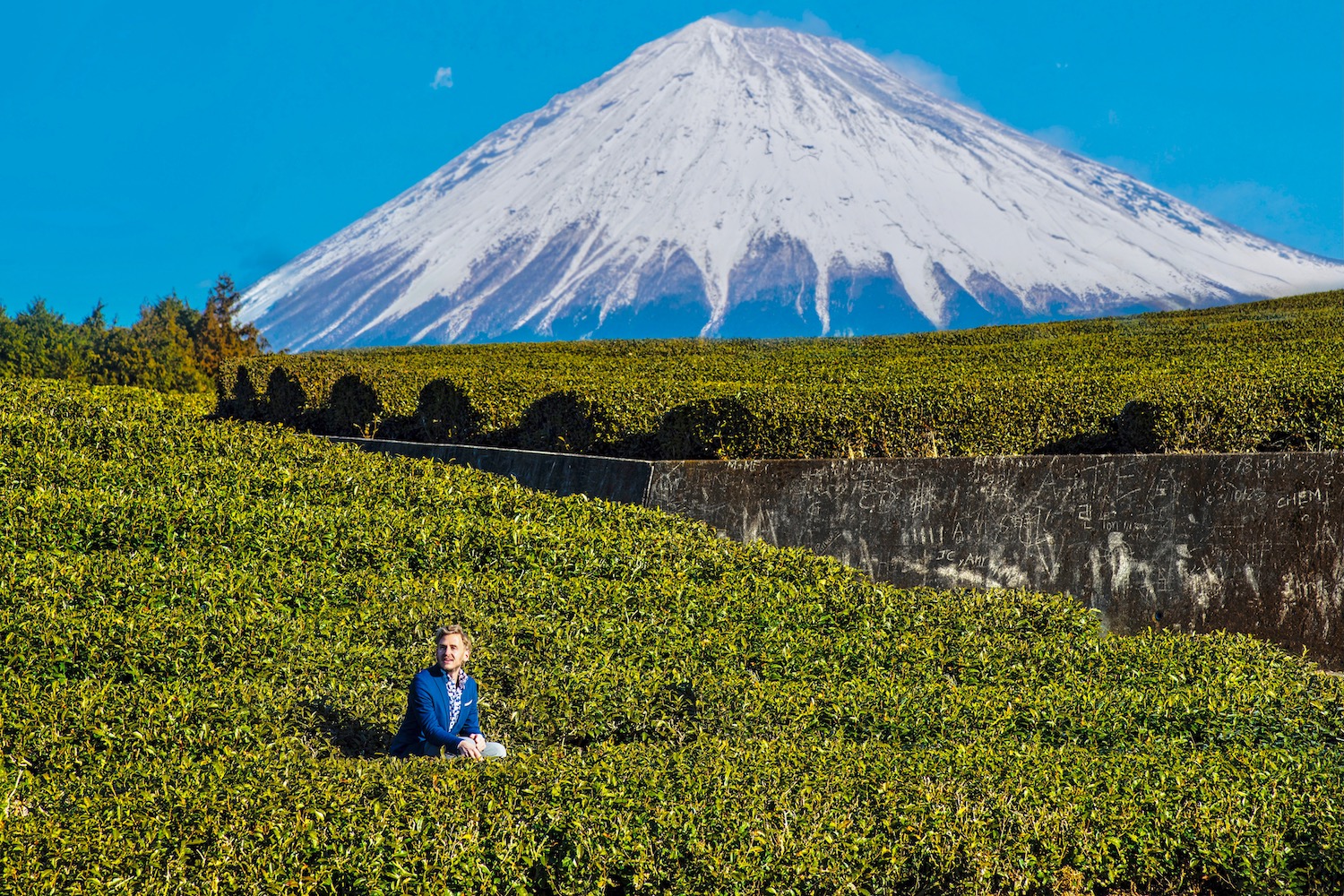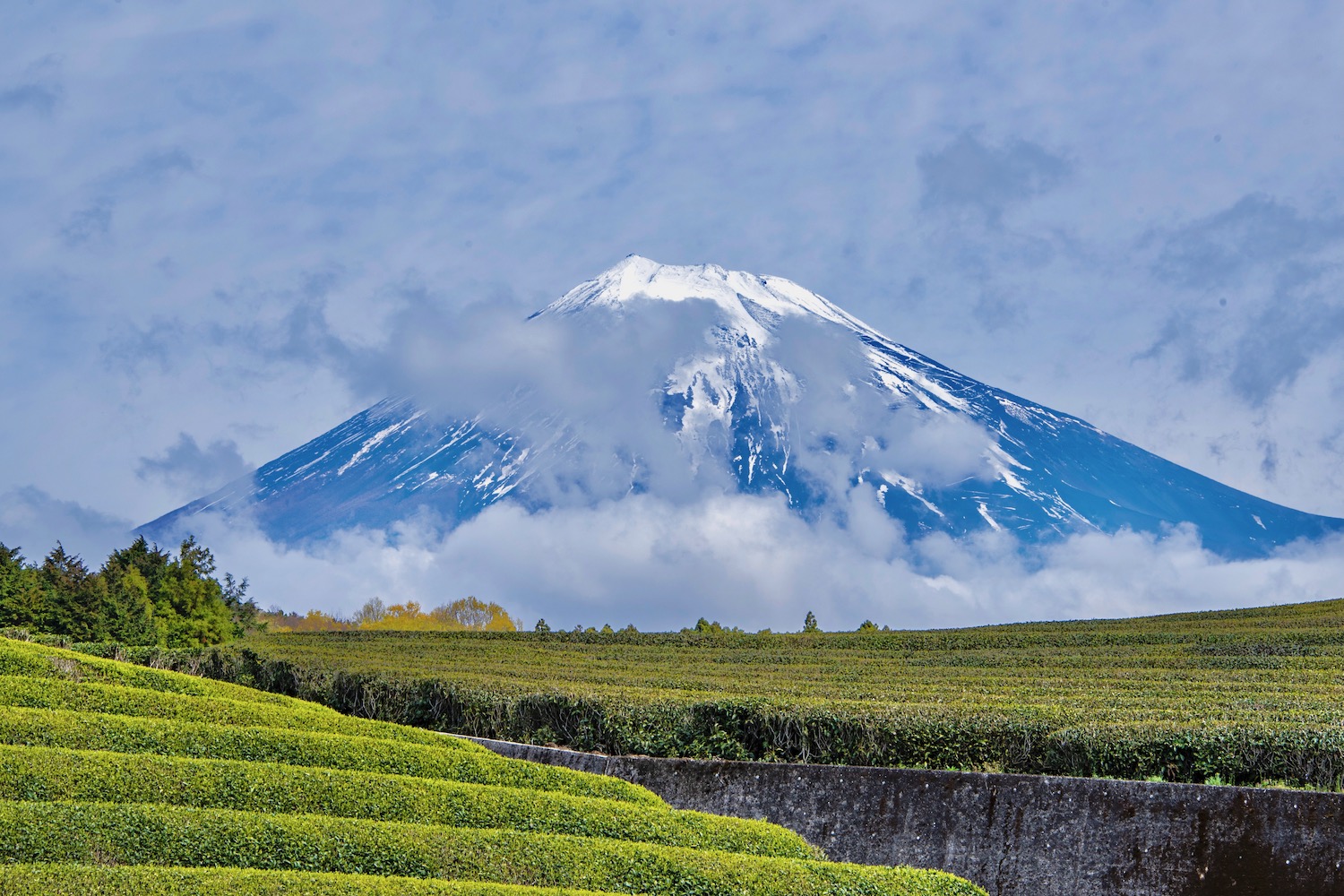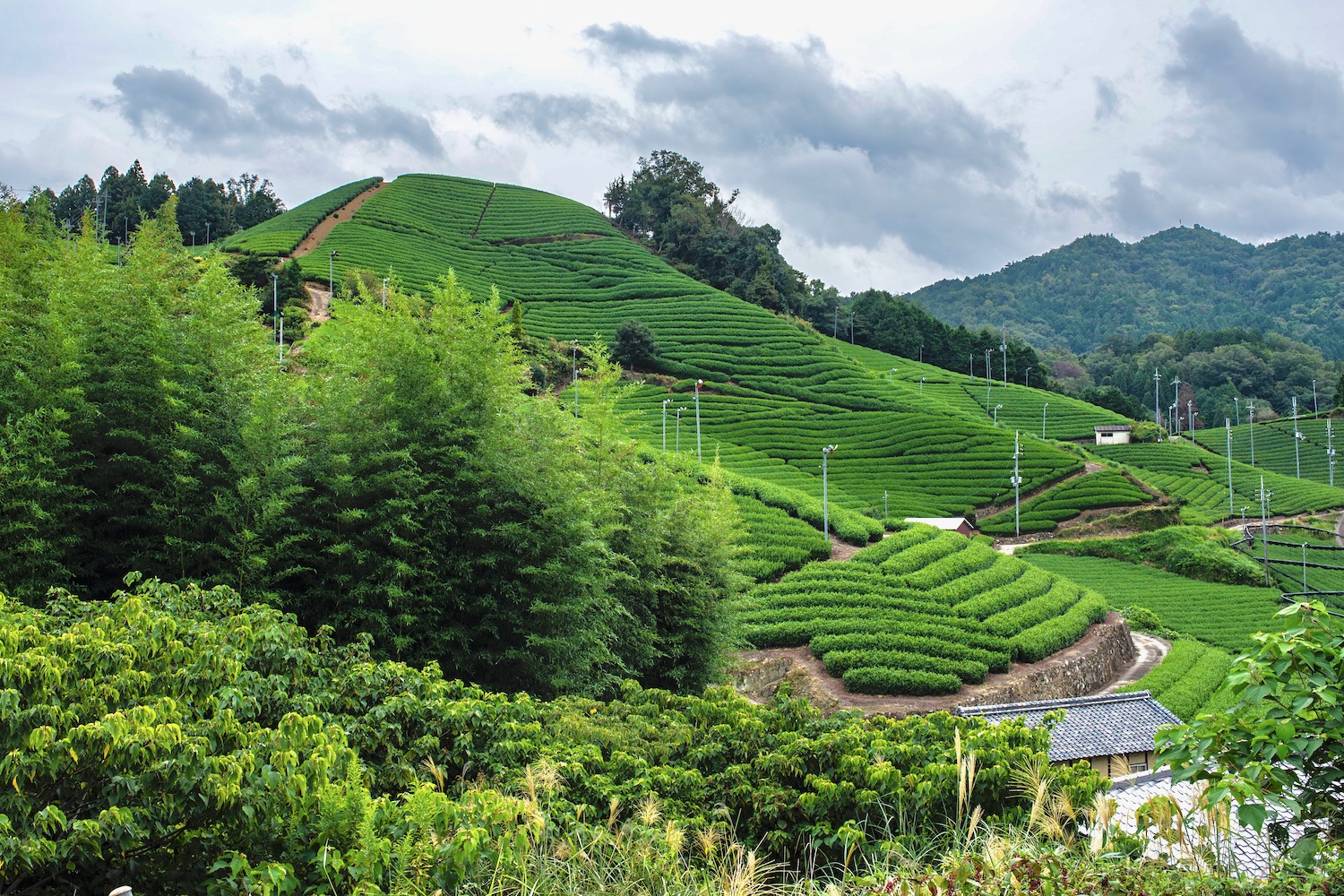As is the case for Nagano’s Togakushi Shrine (which I also recently wrote about), many destinations near Mt. Fuji are more known as memes than they are are concrete places to visit. Today, I’ll be talking about the various tea fields around the base of the mountain.
It’s essential that you familiarize yourself with this information if you start planning your trip, at least if seeing Fujisan in concert with fields of tea bushes is high on your list. Otherwise you risk allocating time in the wrong part of your itinerary for seeing such plantations, among other follies.
Over the next few paragraphs, I’ll outline not only how to reach the tea fields near Mt. Fuji, but also help you decide for sure whether you want to go, assuming you’re still on the fence about doing so.
How to Reach Mt. Fuji’s Tea Fields
There’s really only Mt. Fuji tea farm of note, even though Google Maps (and the internet) would have you believe there are many. This is in large part because all the farms outside of the main Imamiya area have been washed away by recent typhoons. The good news is that this saves you from having to decide where to go—you just have to figure out how to get there.
The bad news? Realistically speaking, the only way to reach this tea farm (Obuchi Sasaba) is via your own set of wheels. It isn’t far from major transport hubs like Shizuoka Station and Mishima Station, which are both locations where you can easily rent a car. You’ll simply input “Obuchi Sasaba” into your GPS and follow along until you get to the parking lot, which is usually not overflowing.

5 Things to Know About the Fuji Tea Fields
They’re seasonal
Although tea plants have leaves on them all year, it’s really best to visit tea fields in Japan between April and May. This is the harvest season, and when the leaves are at their most verdant. If you come in winter or too deep into summer, you risk the tea being dark or even a bit brown.
(And so is Mt. Fuji)
Of these months, April tends to be the better choice, since Fujisan is likelier to have a large snowcap. The Mt. Fuji tea field itself is still beautiful irrespective of this, of course, but I’ve just never found Mt. Fuji quite as beautiful when it’s “bald.”
They aren’t accessible via public transportation
Obuchi Sasaba, the main Fuji tea farm since others were washed away by a typhoon, is 100% worth the visit. Unfortunately, that will mean you have to rent your own vehicle, as there is no reliable bus service to get here. There is, however, a decently-sized parking lot.
Tourist facilities are spartan
Sadly, that’s the only extent to which the farm is “decently” equipped. Not only is there not any sort of Mt. Fuji tea tour to an organized extent, but apart from a small souvenir shop, there’s nothing else here. Just the tea fields, the mountain and a toilet.
The rest of Shizuoka prefecture beckons
That’s the kind of bad news. The very good news? Shizuoka is an outstanding part of Japan, with Fuji views abundant throughout. This is true at Miho-no-matsubara beach in Shimizu City, and also on various parts of the Izu Peninsula between Shizuoka and Tokyo.

Other Places to Visit Tea Farms in Japan
As I mentioned above, Obuchi Sasaba is really the only game in town for seeing tea farms near Fujisan. However, there are many other places in Japan to visit tea fields:
- Kyoto prefecture is surprisingly replete with tea farms. In particular, Wazuka City is a great place for this, though it does necessitate renting a car in Uji in most cases.
- Another of my favorite tea farms is only the Satsuma Peninsula near Kagoshima City on Kyushu island. Nearby Kaimon-dake mountain vaguely has the same shape as Fuji, too, making for great photography opportunities.
As you can see, there are definitely advantages to planning a visit to a Mt. Fuji tea plantation, which provides the most memorable tea field views in all of Japan by far.

Other FAQ About Mt. Fuji’s Tea Farms
Where is the Imamiya tea plantation?
The Imamiya tea plantation is located in Shizuoka prefecture, less than an hour by car from stations like Mishima, Numazu and Shizuoka. The most beautiful farm, Obuchi Sasaba, offers absolutely priceless views of Mt. Fuji rising above its greenery.
What is the tea capital of Japan?
The tea capital of Japan is Shizuoka prefecture, located in central Japan near the ocean, with Mt. Fuji just to the north. Secondarily, Kyoto prefecture (and in particular, the part of it near Uji City, in Wazuka town) produces a great deal of tea at its farms.
Where is the best place to visit tea plantations in Japan?
If you want to balance out the beauty of the tea farms and the usefulness of the tour facilities, then Wazuka Town near Kyoto is probably the best place to visit tea plantations in Japan. In terms of sheer beauty, however, the tea farms near Mt. Fuji are second-to-none.
The Bottom Line
On one hand, the tea fields near Mt. Fuji definitely live up to the hype. On the other hand, they aren’t exactly convenient, which means you either have to want to visit them very badly, or be very intentional about how you build them into your itinerary. This is especially important, considering that there aren’t a lot of tourist facilities are any Mt. Fuji tea farm. If you do decide you want to add these idylls to your trip, you have two options for doing so. You can of course use the information I’ve shared within this post to figure it all out yourself. Alternatively, commission a custom Japan itinerary, and let me sweat the details.






